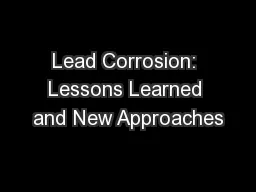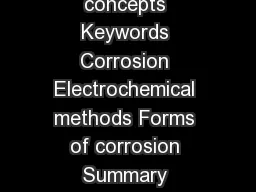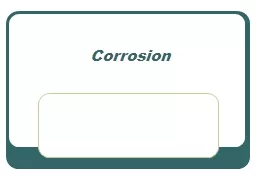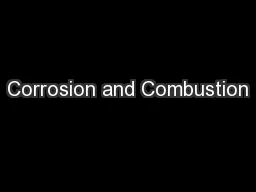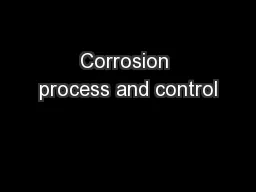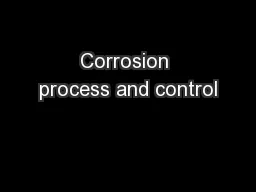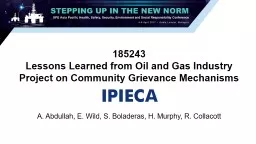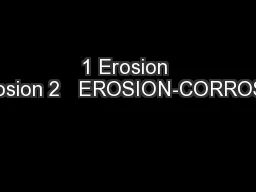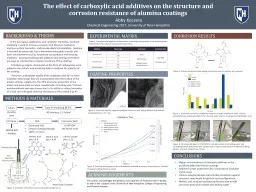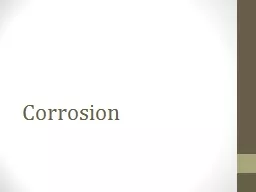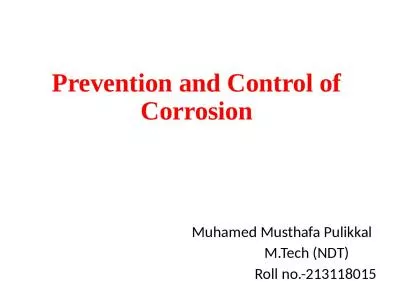PPT-Lead Corrosion: Lessons Learned and New Approaches
Author : conchita-marotz | Published Date : 2017-10-08
George Rest PE Michelle McEntire PE Tifft Water Supply Symposium September 22 2016 AGENDA Basics of Lead in Drinking Water Reasons Behind Lead NonCompliance Questions
Presentation Embed Code
Download Presentation
Download Presentation The PPT/PDF document "Lead Corrosion: Lessons Learned and New ..." is the property of its rightful owner. Permission is granted to download and print the materials on this website for personal, non-commercial use only, and to display it on your personal computer provided you do not modify the materials and that you retain all copyright notices contained in the materials. By downloading content from our website, you accept the terms of this agreement.
Lead Corrosion: Lessons Learned and New Approaches: Transcript
Download Rules Of Document
"Lead Corrosion: Lessons Learned and New Approaches"The content belongs to its owner. You may download and print it for personal use, without modification, and keep all copyright notices. By downloading, you agree to these terms.
Related Documents

